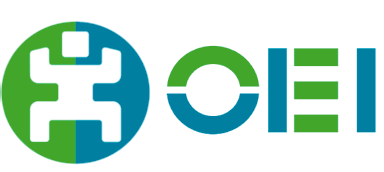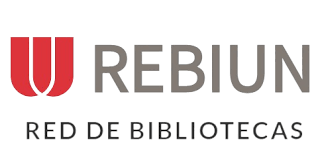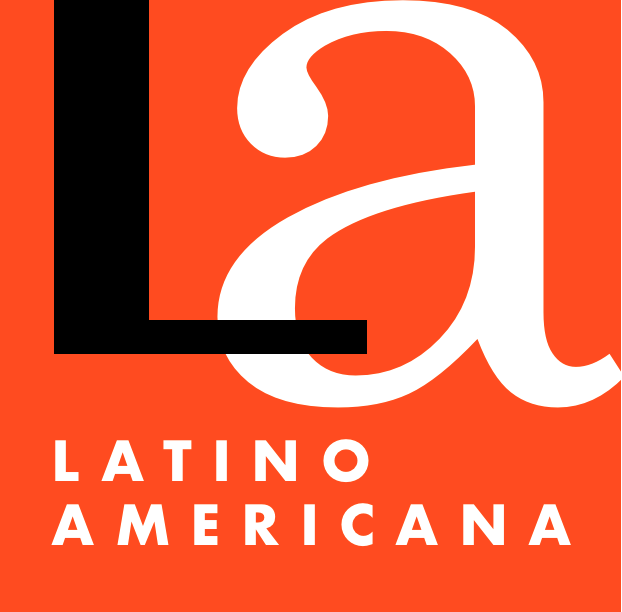There is no more room for half measures. Education can only be considered quality if it is inclusive.
Abstract
There is no more room for half measures. Education can only be considered of quality if it is inclusive: if it is an education of all, with all and for all... without exclusions, without barriers, without limitations. It is therefore possible to affirm that the greatest challenge facing Latin American education systems in order to increase their levels of quality is to put an end to the serious inequalities that corrupt them from their foundations.
Latin America is living a key moment for the improvement of education under conditions of greater equality, which is a major challenge for public policies, schools, classrooms and teacher training centres. Thus, if we want school improvement, it has to be an improvement of the school to be more inclusive. That is, a school that places at the centre of its action the search for effective educational responses, appropriate to the diversity of circumstances and personal characteristics of its students. Ensuring access, participation and learning for all, with special attention to those who are most vulnerable or who, because of their differences, are at risk of discrimination, exclusion and school failure, is the goal of inclusion in education. A goal that is none other than to make effective the right of all to a quality education.
But, let's face it, the steps taken are not always the right ones. Although most countries now have policies aimed at fostering inclusion, there is increasing pressure to make education more elitist and selective, focused on obtaining measurable results through insufficient indicators that do not take into account the development achieved by students as a whole, let alone their starting points. In this way, the tendency persists on too many occasions to consider education as a market good, which can be sold and bought, transferred and subrogated, even for profit. This reinforces the existence of absurdly competitive schools that seek the best ‘clientele’ and exclude those who do not meet entry requirements or standards during the school process. Moreover, the strong pressure on schools to improve results, coupled with the belief that competition among schools is a positive factor in increasing their level of effectiveness, puts the most disadvantaged or disadvantaged groups at greater risk of marginalisation and underachievement. To combat this trend, educational and social actors need to continue to work harder every day to achieve a more inclusive, quality school for all.
Downloads
Published
How to Cite
Issue
Section
License
Copyright (c) 2009 Revista Latinoamericana de Educación Inclusiva - Latin American Journal of Inclusive Educatio

This work is licensed under a Creative Commons Attribution 4.0 International License.
Creative Commons Attribution (by)
This licence permits the exploitation of the work, as well as the creation of derivative works, the distribution of which is also permitted on condition that express reference is made to the author, i.e. that his/her name appears in any use or act of exploitation of the work.













